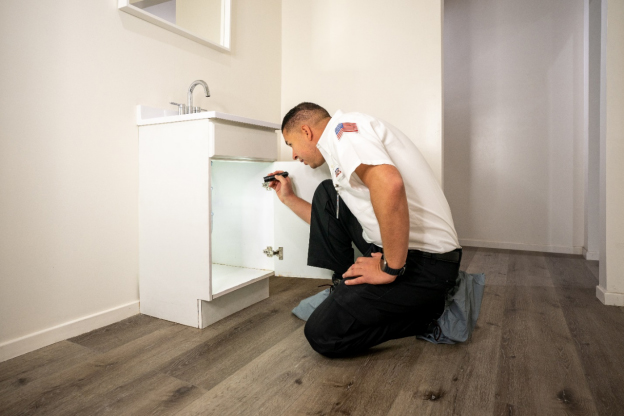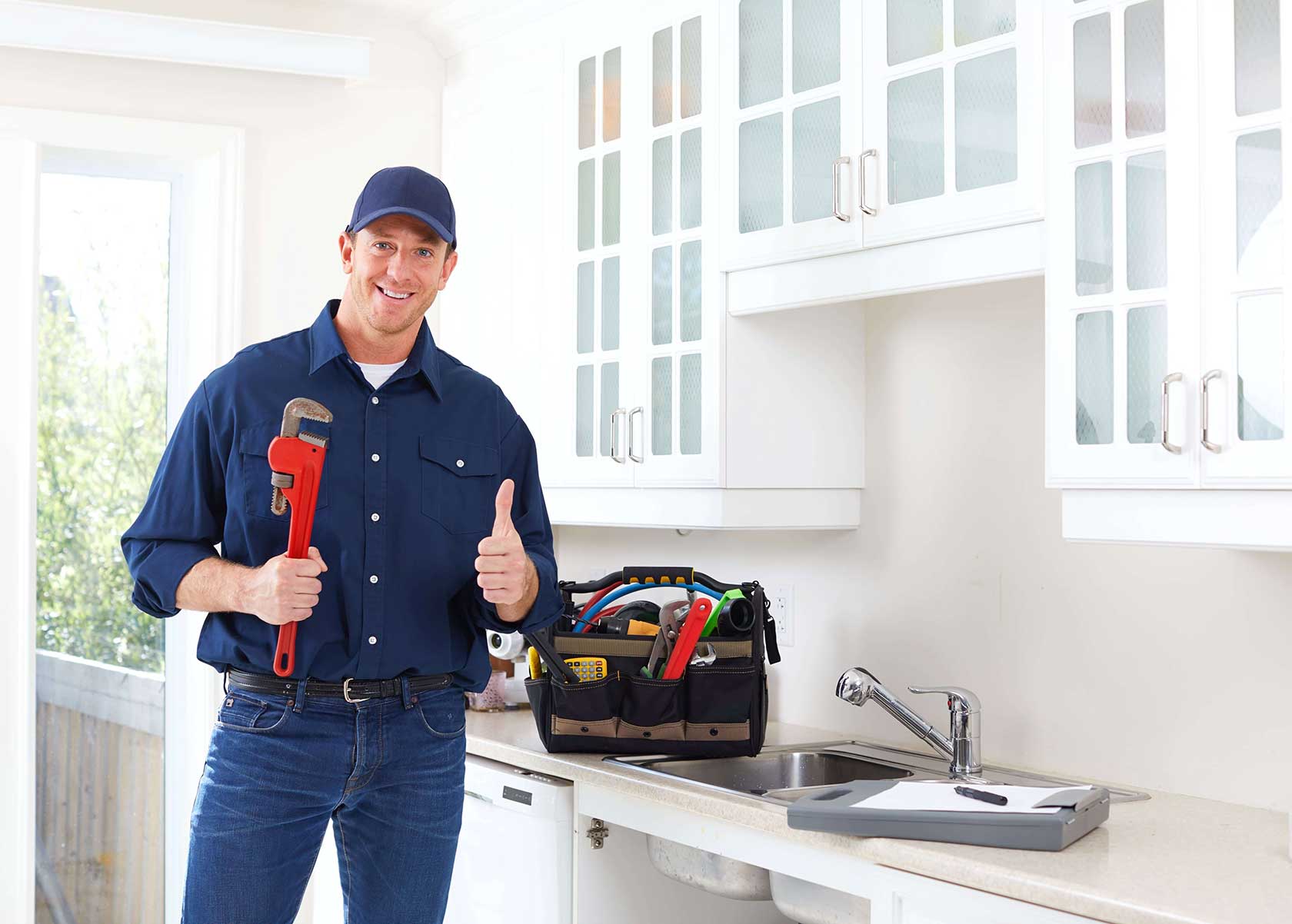To DIY or Not to DIY?
To DIY or Not to DIY?
Blog Article
We have unearthed the article about DIY vs. Professional Plumbing Repairs: When to Call a Pro below on the internet and reckoned it made good sense to relate it with you on my blog.

Introduction
Pipes concerns can vary from minor hassles to significant frustrations, commonly triggering property owners to decide in between dealing with the problem themselves or calling in a specialist plumbing. Understanding when to DIY and when to look for expert aid can save time, cash, and avoid possible catastrophes. This post checks out the elements to consider when making this vital choice.
Advantages of DIY Pipes
Taking on pipes tasks on your own can be rewarding in a number of ways, specifically for simpler tasks.
Expense Savings
Do it yourself pipes projects often save cash by staying clear of professional service fees. Tasks like taking care of small leakages, changing taps, or mounting brand-new showerheads are examples where property owners can deal with repair services without employing a plumbing professional.
Ability Improvement
Participating in DIY plumbing provides an opportunity to learn and boost functional skills. Basic tasks empower house owners to recognize their plumbing systems much better and gain confidence in taking care of tiny fixings separately.
Dangers of DIY Pipes
While DIY tasks use benefits, particular risks need to be very carefully considered prior to attempting fixings.
Complexity of Jobs
Some plumbing concerns require customized understanding and devices past common home owner capacities. Mishandling complicated troubles can lead to further damage and pricey repairs.
Safety Problems
Working with plumbing systems includes dangers such as direct exposure to water damages, possibility for electrical hazards, and dealing with devices inaccurately. Safety and security precautions must be observed to prevent accidents and ensure effective repairs.
Indicators to Call a Professional Plumber
Acknowledging when a plumbing concern exceeds DIY capabilities is essential to avoid aggravating troubles.
Indicators of Complicated Concerns
Examples consist of:
Prompt professional treatment is needed to deal with these issues properly and lessen damage.
Do It Yourself Plumbing Tips
For effective DIY pipes, it's important to be prepared with the right devices and comply with correct treatments.
Basic Tools and Products
Trick devices for do it yourself pipes:
Step-by-Step Guides
Clear directions make certain safe and reliable DIY repair services:
Picking the Right Time to Do It Yourself
Determining when to tackle pipes jobs on your own calls for analyzing both the intricacy of the concern and individual comfort levels.
Assessment Checklist
Think about:
When to Certainly Call an Expert
Certain scenarios demand prompt experienced attention to prevent considerable damages or security dangers.
Examples consist of:
Searching for and Employing an Expert Plumber
Selecting a qualified plumbing technician guarantees dependable solution and assurance in resolving plumbing concerns.
Requirements for Option
Elements to consider:
Cost Analysis: do it yourself vs. Specialist Providers
Comparing the financial ramifications of DIY efforts versus expert pipes services helps in making informed decisions.
Financial Considerations
Evaluate:
Verdict
Determining whether to DIY or call an expert plumbing technician depends upon understanding the intricacy of plumbing issues and personal capacities. By evaluating the benefits and threats, house owners can make informed selections that promote reliable maintenance and safeguard their homes from pipes disasters.
DIY Plumbing Projects: What Homeowners Can Do and When to Call a Professional
Welcome to our comprehensive guide on DIY plumbing projects. In this blog post, we aim to empower homeowners with the knowledge and skills to tackle basic plumbing tasks around the house. From unclogging drains to fixing a leaky faucet, we’ll walk you through step-by-step instructions on how to handle these common issues.
However, not all plumbing problems can or should be solved with a DIY approach. Recognizing when a problem is beyond your skill level and requires professional intervention is just as important as knowing how to perform basic tasks. We’ll also discuss the signs that indicate it’s time to put down your tools and pick up the phone to call a professional plumber. By understanding when to DIY and when to call a professional, you can save time, avoid potential disasters, and ensure your home’s plumbing system remains in top shape.
Understanding Plumbing Basics
Before we dive into the DIY projects, let’s take a moment to understand the basics of your home’s plumbing system. A typical residential plumbing system consists of two major components: the water supply system, which brings fresh water into your home, and the drainage system, which removes waste water. These systems are made up of a network of pipes, valves, and fixtures that work together to deliver clean water and dispose of waste efficiently.
Regular maintenance of your plumbing system is crucial to prevent minor issues from escalating into major problems. This includes tasks like checking for leaks, removing minor clogs, and ensuring your pipes are insulated for winter. By performing these tasks regularly, you can extend the lifespan of your plumbing system, save money on water bills, and maintain the comfort and hygiene of your home.
In the following sections, we’ll explore some common DIY plumbing projects that homeowners can handle, as well as situations that require the expertise of a professional plumber. Whether you’re a seasoned DIY enthusiast or a beginner, this guide will provide you with valuable insights into the world of home plumbing.
DIY Plumbing Projects Homeowners Can Handle
Plumbing may seem intimidating, but there are several tasks that homeowners can confidently tackle with a little guidance and the right tools. Here are a few common issues you might encounter and how to address them.
Unclogging Drains
Use a Plunger: This is your first line of defense. A good old-fashioned plunger can dislodge the obstruction and clear the drain in many cases. Try a Plumber’s Snake or Hand Auger: If the plunger doesn’t work, a plumber’s snake or hand auger can reach deeper into the pipe to break up the clog. Use a Drain Cleaner: If physical methods fail, a chemical drain cleaner can dissolve the clog. However, use these products sparingly as they can damage your pipes if overused.

Do you appreciate reading about When to DIY and When to Call a Professional Plumber? Post feedback directly below. We'd be pleased to hear your responses about this piece. In hopes that you visit us again soon. For those who liked our post plz be sure to share it. Thanks a lot for going through it.
Go Deal Now Report this page